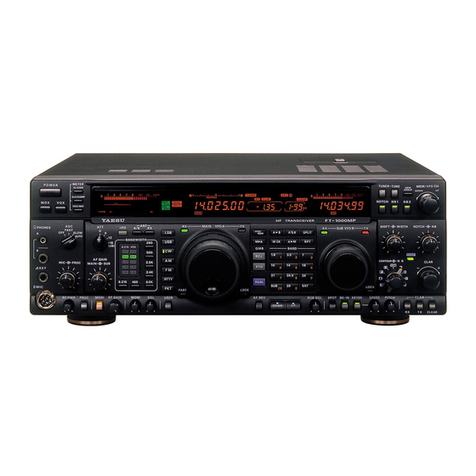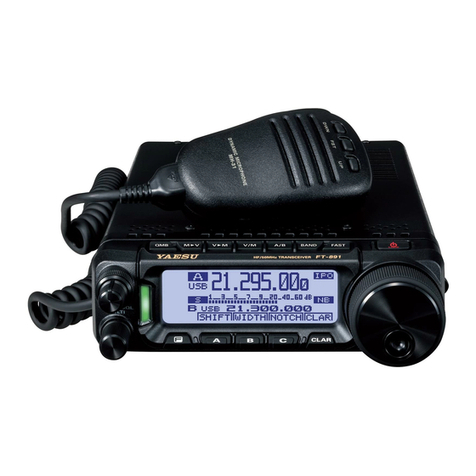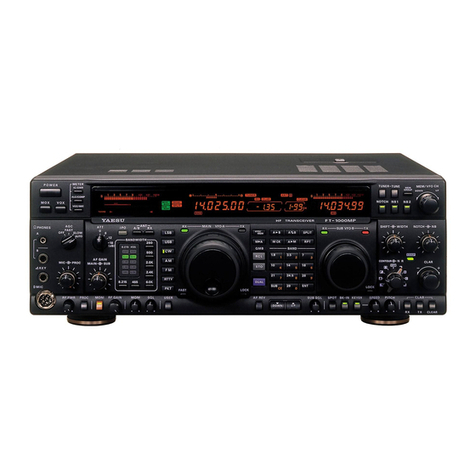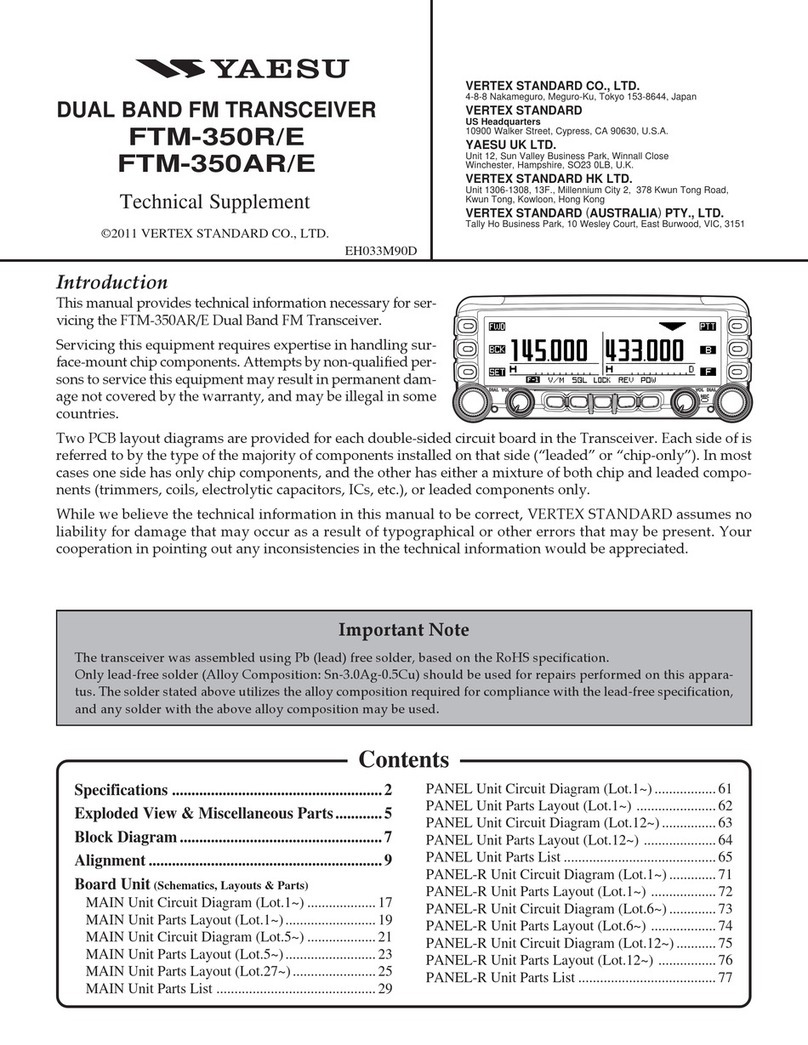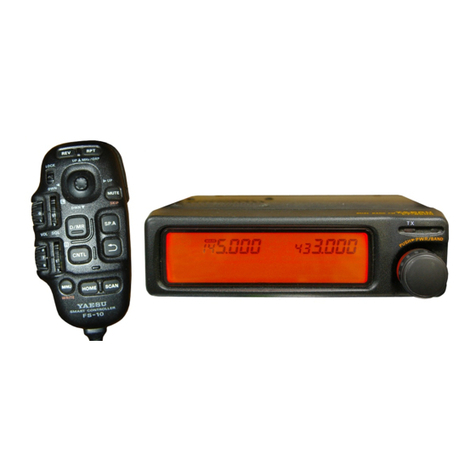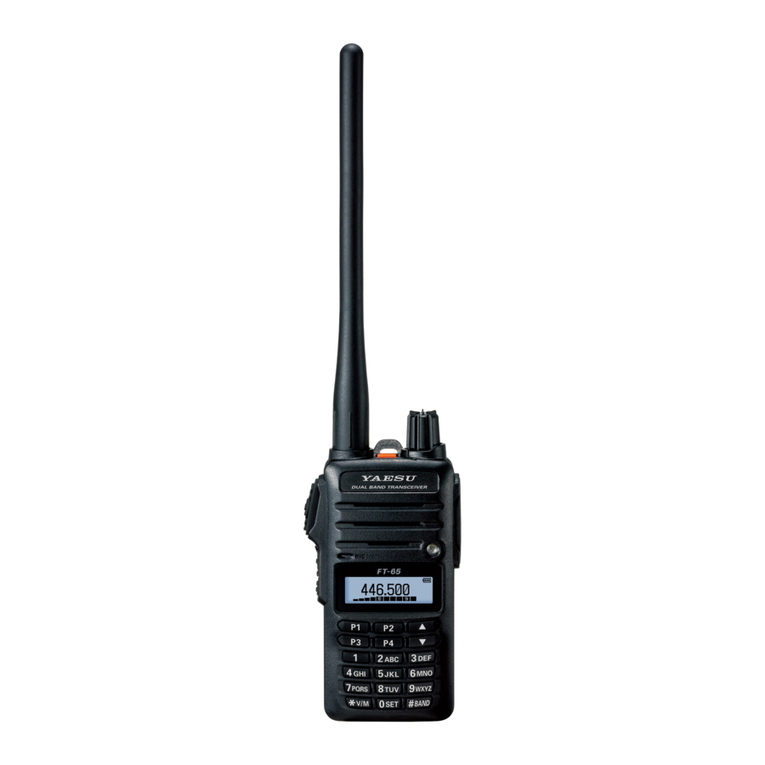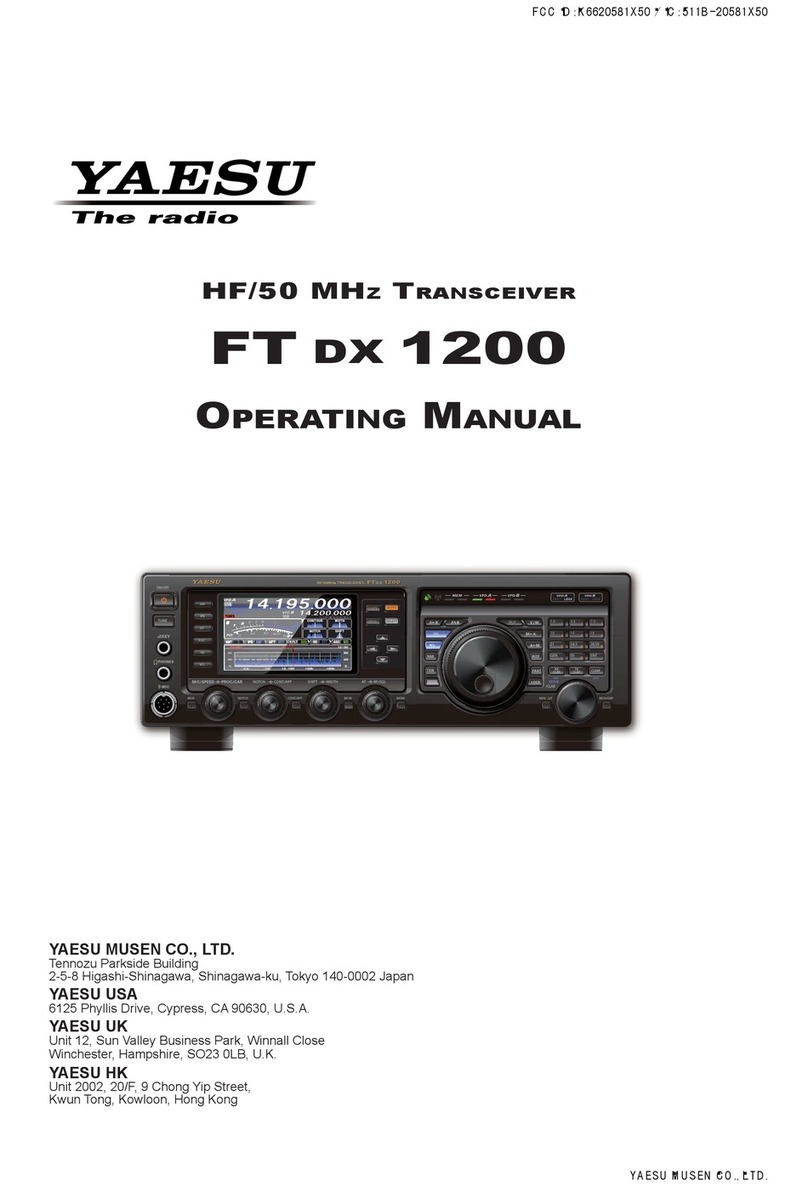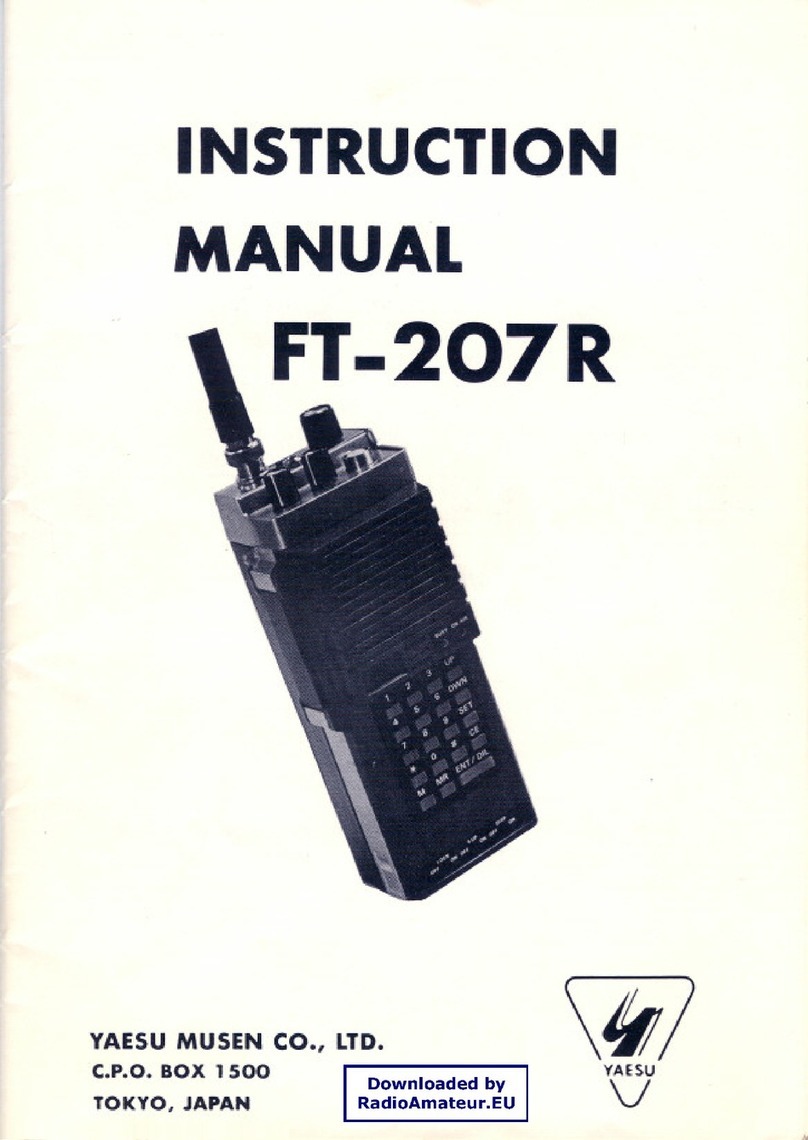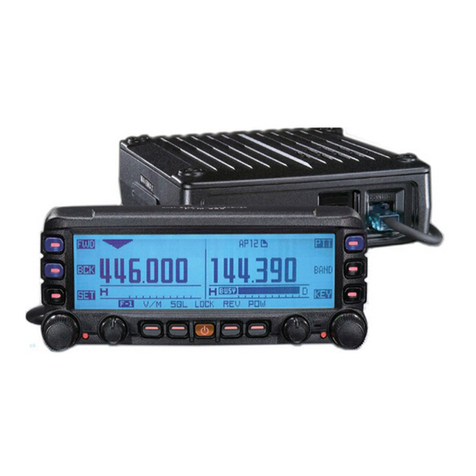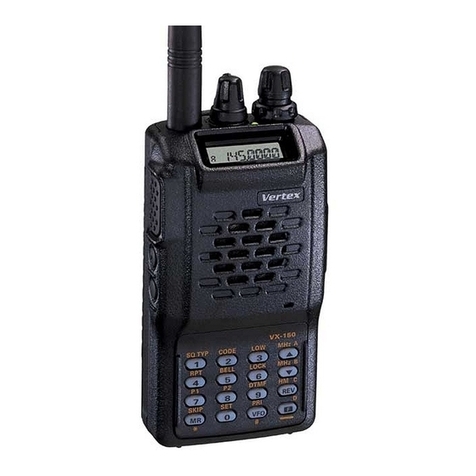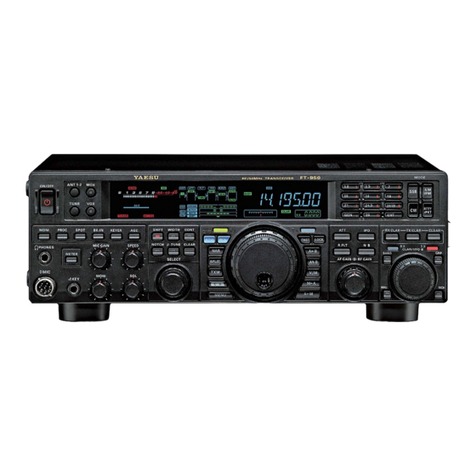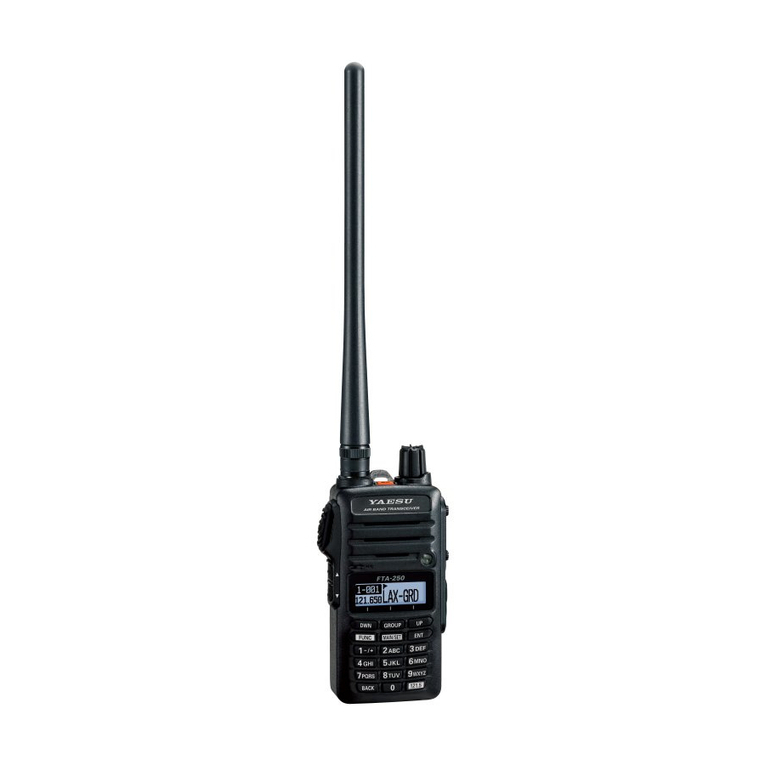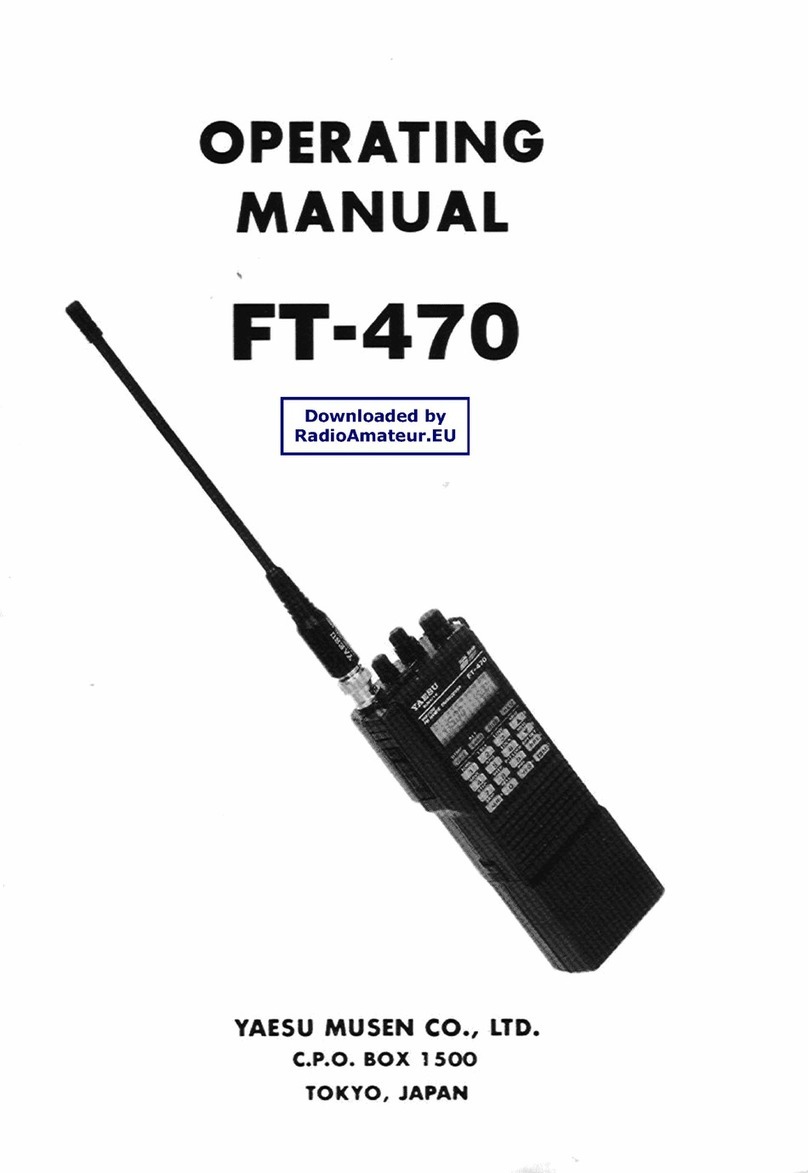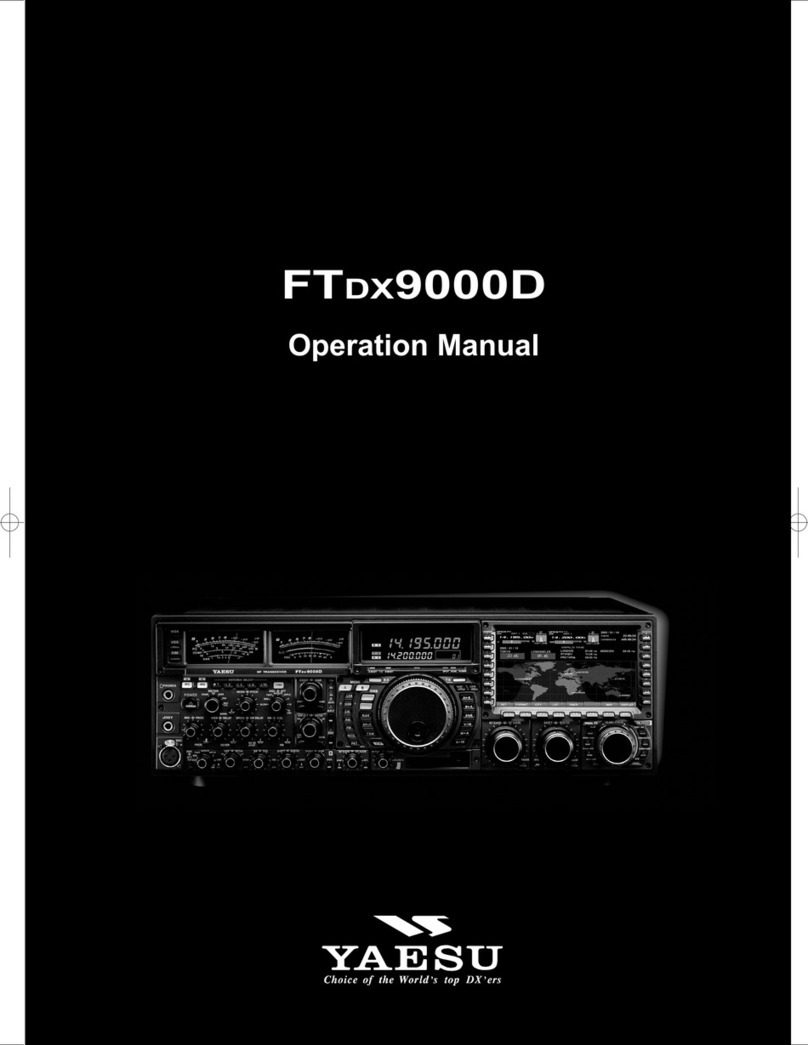
TABLE OF CONTENTS
Yaesu FT-8900R Operating Manual Expanded Edition (courtesy of W5JCK) Page 3 of 77
Scanning...........................................................................................................................................................42
Overview....................................................................................................................................................42
Set the Scan-Resume Preference................................................................................................................42
Priority Channel Scanning (Dual Watch)...................................................................................................42
Scan in VFO Mode.....................................................................................................................................44
Scan in Memory Mode...............................................................................................................................45
Standard Memory Scan ..............................................................................................................................46
How to Skip a Channel During Memory Scan...........................................................................................47
Preferential Memory Scan..........................................................................................................................47
Smart Search.................................................................................................................................................49
ARTS................................................................................................................................................................50
Overview....................................................................................................................................................50
Set Up/Operate ARTS................................................................................................................................50
Set Up the CW Identifier............................................................................................................................51
Operating the DTMF Autodialer................................................................................................................53
To load DTMF Autodialer memories:........................................................................................................53
To transmit the memorized telephone number:..........................................................................................53
To set the speed:.........................................................................................................................................54
To set a delay time: ....................................................................................................................................54
Internet Connection Feature......................................................................................................................55
To access a WIRES™ repeater: .................................................................................................................55
To access other Internet Link Systems that use a DTMF string for access: ...............................................55
Operate as a Cross-Band Repeater .........................................................................................................57
To set up Cross-Band Repeater operation:.................................................................................................57
Transfer Data between two FT−8900Rs ..................................................................................................58
Reset Your FT−8900R ..................................................................................................................................59
Menu (Set) Mode .............................................................................................................................................60
Overview....................................................................................................................................................60
Menu Quick Reference Table.....................................................................................................................61
Menu Items ......................................................................................................................................................63
Menu #1 APO.............................................................................................................................................63
Menu h 2 ARS............................................................................................................................................63
Menu h 3 ARTS .........................................................................................................................................64
Menu h 4 BAND ........................................................................................................................................64
Menu #5 BEEP...........................................................................................................................................65
Menu b 6 CLK.SFT....................................................................................................................................65
Menu #7 CWID..........................................................................................................................................65
Menu #8 CWID W .....................................................................................................................................65
Menu #9 DIMMER ....................................................................................................................................66
Menu b 10 DCS.COD ................................................................................................................................66
Menu #11 DCS.N/R...................................................................................................................................66
Menu h 12 DSP.SUB .................................................................................................................................67
Menu #13 DTMF D....................................................................................................................................67
Menu #14 DTMF S ....................................................................................................................................67
Menu #15 DTMF W...................................................................................................................................68
Menu #16 HYPER .....................................................................................................................................68
Menu #17 INET .........................................................................................................................................68

